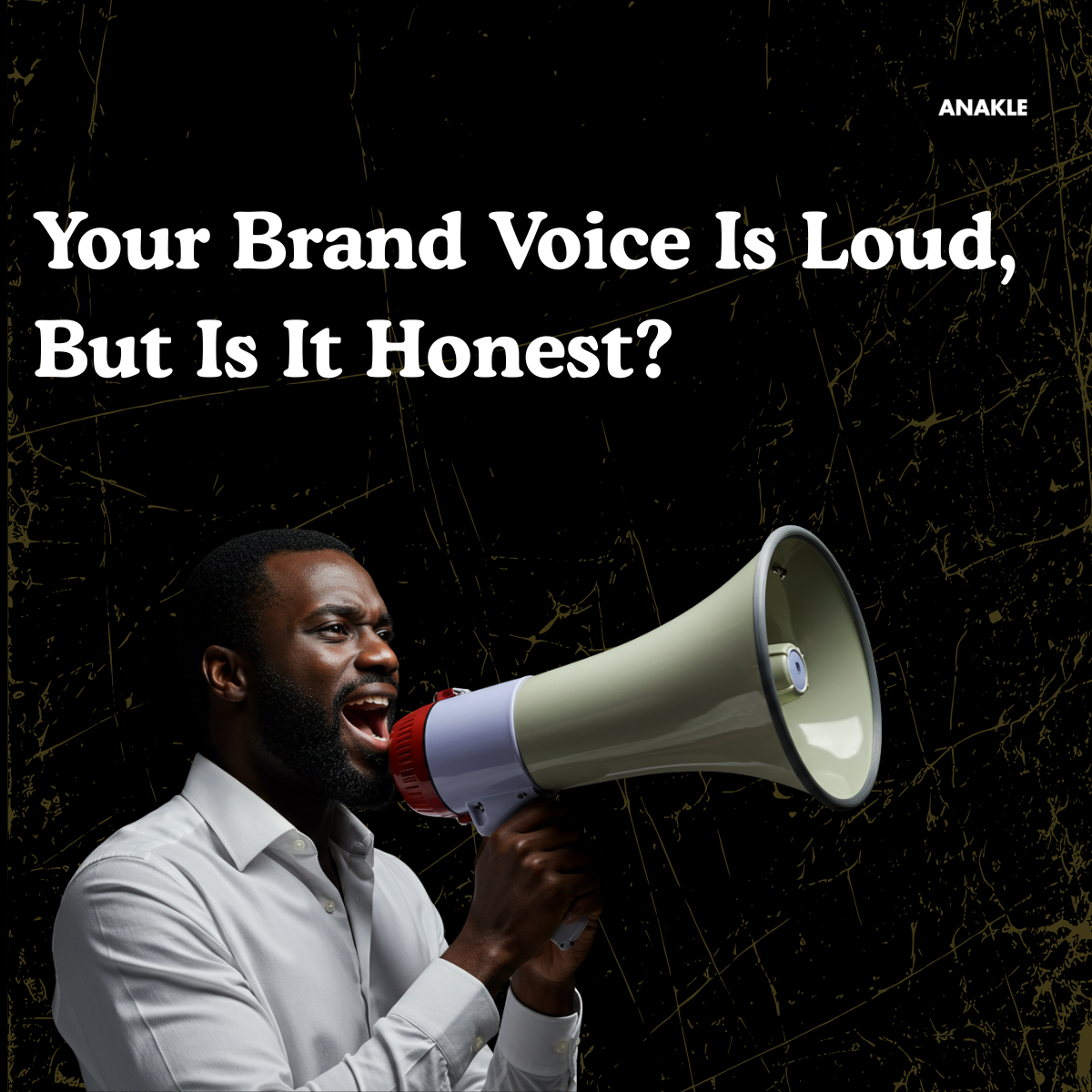When you thought of building your brand, you said, “Let’s go loud, go big, or go home!” You made the lavish brand promotions, merged with the biggest influencers, and were in every nook and cranny, both digital and traditional. Your brand voice is confident. It’s playful when it needs to be, professional when it has to be, and always on-brand. The captions are clever. The tone is consistent.
But strip away the witty tone and fire captions; would your customers still feel like your brand matches what you promised them?
The uncomfortable truth: Not all bold brands are honest, and yours might be among them.
We are in the age where everyone’s chasing visibility; we want to be remembered in people’s faces. However, being out there might get you attention, but honest marketing builds long-term customer trust. And that’s what separates a momentary trend from a lasting brand.
What Is Brand Voice, and Why Does It Matter?
Your brand voice is the consistent personality your brand uses to communicate across all touchpoints. So think of your website copy, social media captions, email newsletters, and customer support chats. Your brand voice is how people experience your brand before they even interact with your product or service.
This is your “tone of character.” Are you humorous? Direct? Friendly? Sarcastic? That tone becomes part of your identity, and people begin to associate it with your values.
But that’s where things can get messy.
When a brand voice is disconnected from the actual customer experience, it stops being a tool for connection and becomes a mask. And masks don’t build trust.
The Disconnect Between Brand Voice and Brand Experience
Some brands sound amazing online but feel completely different in real life. You’ve probably experienced this yourself:
- A food delivery app that jokes with the best memes all day online but can’t deliver on time or respond to complaints.
- A fintech company that promises “simplicity and ease,” but the app has more bugs than you can imagine.
- A skincare brand with beautiful language about confidence but zero transparency about ingredients or results.
This is the marketing vs. reality moment, and it’s the gap where customer loyalty starts to fall apart.
Customers are no longer just reading your captions; they’re cross-checking them with how your brand shows up in real life. And when the two don’t align, even the most beautiful brand voice starts to feel hollow.
Why Honest Marketing Wins
With how saturated the digital marketing space is, honesty is more than a virtue; it’s a strategy. People want brands that keep it real. They want experiences that feel like what they were promised, and they want to spend money with businesses they believe in.
This is especially important for Gen Z and Millennials, who value transparency, accountability, and brands with purpose. If you sound real but act fake, your audience will call it out and probably tweet about it too.
How to Align Your Brand Voice with Your Brand Truth
So how do you ensure your brand voice is not just noise but an honest reflection of your values? Here are a few ways to start:
- Audit Your Messaging: Look at your website, social media, ads, and packaging. Does your tone match what your product or service actually delivers? Are you overpromising or just being trendy for engagement?
- Read the Room (and the Reviews): What are people saying about you? Does their experience match what you say about yourself? Your reviews are a goldmine of brand truth.
- Stop Selling What You Can’t Sustain: Don’t promise 24/7 customer service if you can barely manage emails. Don’t push “premium” if your product isn’t there yet. Say what you can do and do it well.
- Train Your Team on Voice and Values: Your marketing team shouldn’t be the only ones who understand the brand voice. Customer service, sales, and product teams should all be aligned on how the brand sounds and what it stands for.
- Own Mistakes Publicly: Real brands mess up. The difference is how they respond. If you fall short, acknowledge it with the same energy you promote wins. Customers appreciate brands that are honest and accountable.
So here’s the bottom line: your brand voice can be bold, witty, cool, disruptive, or whatever fits your audience and industry. But if it doesn’t match the reality of your product or service, it becomes false advertising in disguise.
The brands that win in the long run are not the ones with the catchiest slogans or funniest tweets. They’re the ones whose brand voice reflects their brand truth.
So go ahead. Keep the voice loud. Keep the copy clever, but make sure it’s real.
Because the only thing more powerful than a brand people notice is a brand people believe.

